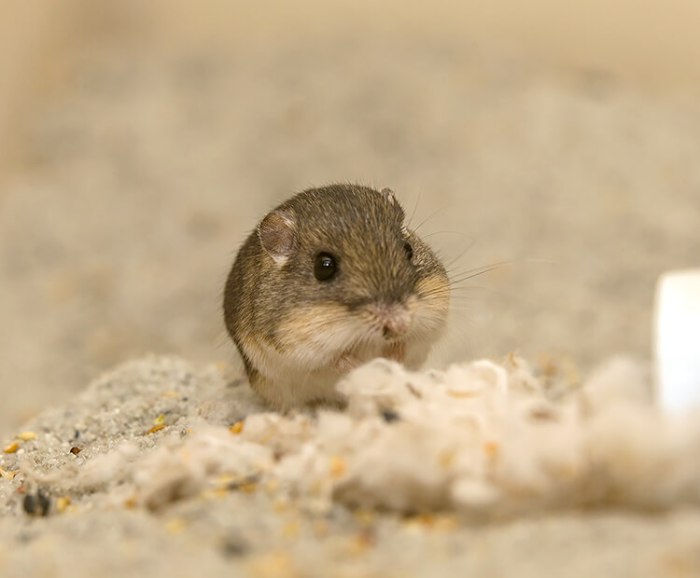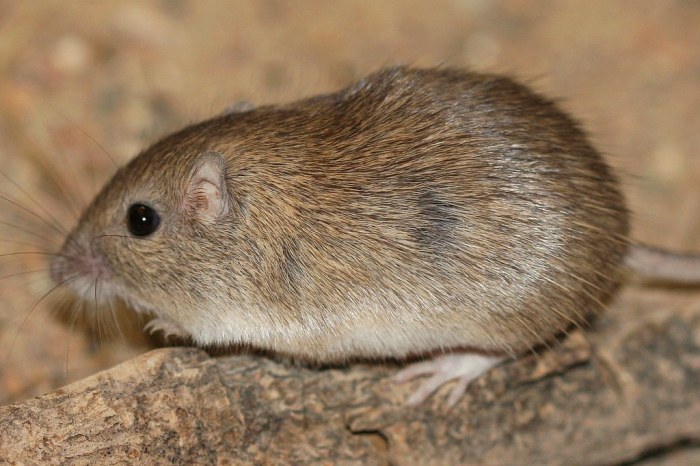The rock pocket mouse nature’s snickers bar – The rock pocket mouse, aptly nicknamed “nature’s Snickers bar,” is a captivating creature that embodies the wonders of the natural world. Its unique physical adaptations, diverse habitat preferences, and ecological significance make it a subject of scientific intrigue and admiration.
This enigmatic rodent has carved a niche for itself in the rugged landscapes of North America, showcasing the remarkable resilience and adaptability of life on Earth. As we delve into the fascinating world of the rock pocket mouse, we will uncover the secrets behind its intriguing nickname, explore its captivating physical characteristics, and unravel the ecological tapestry it weaves within its ecosystem.
1. Introduction: The Rock Pocket Mouse Nature’s Snickers Bar

The rock pocket mouse ( Chaetodipus intermedius) is a small, nocturnal rodent native to the arid regions of western North America. It is known for its unique ability to store food in its cheek pouches, earning it the nickname “nature’s Snickers bar.”
The origins of this nickname are unclear, but it is thought to have originated from the mouse’s habit of storing seeds and other food items in its cheek pouches, which resemble the shape and size of a Snickers candy bar.
2. Physical Characteristics

The rock pocket mouse is a small rodent, with adults typically weighing between 15 and 30 grams. It has a long, slender body with a short tail. Its fur is typically a light brown or gray color, with a white belly.
The rock pocket mouse has large eyes and ears, which help it to navigate its dark, rocky habitat.
The rock pocket mouse has several adaptations that allow it to thrive in its habitat. Its long, slender body allows it to move quickly and easily through the rocks and crevices of its habitat. Its large eyes and ears help it to see and hear predators, and its long tail helps it to balance when climbing and jumping.
3. Habitat and Distribution
The rock pocket mouse is found in the arid regions of western North America, from southern Canada to northern Mexico. It prefers rocky habitats, such as canyons, cliffs, and desert scrublands. It can also be found in urban areas, where it often lives in rock piles and other human-made structures.
The rock pocket mouse is a nocturnal animal, and it spends the day in burrows or rock crevices. At night, it comes out to forage for food. It eats a variety of foods, including seeds, insects, and small reptiles.
4. Diet and Nutrition
The rock pocket mouse is an omnivore, and its diet consists of a variety of plant and animal matter. Its primary food source is seeds, which it collects and stores in its cheek pouches. It also eats insects, small reptiles, and other small animals.
The rock pocket mouse’s diet provides it with the nutrients it needs to survive in its harsh habitat. Seeds are a good source of carbohydrates and fats, while insects and other small animals provide protein and other essential nutrients.
5. Behavior and Social Structure
The rock pocket mouse is a social animal, and it lives in small groups of up to 10 individuals. Groups are typically made up of a dominant male, several females, and their young. The dominant male defends the group’s territory from other males.
The rock pocket mouse is a nocturnal animal, and it spends the day in burrows or rock crevices. At night, it comes out to forage for food. It is a very active animal, and it spends much of its time running and jumping through its habitat.
6. Conservation Status

The rock pocket mouse is a common species, and it is not considered to be threatened or endangered. However, its habitat is threatened by human activities, such as development and mining. These activities can destroy the rock pocket mouse’s habitat and make it difficult for it to find food and shelter.
The rock pocket mouse is an important part of the ecosystem in which it lives. It helps to control the population of insects and other small animals, and it provides food for larger predators. The rock pocket mouse is also a valuable indicator species, and its presence can help to assess the health of the ecosystem.
Frequently Asked Questions
What is the significance of the rock pocket mouse’s nickname?
The rock pocket mouse earned its nickname due to its unique ability to store food in its cheek pouches, reminiscent of the popular candy bar. This adaptation allows it to gather and cache food for later consumption, ensuring its survival in its often harsh and unpredictable environment.
How does the rock pocket mouse’s diet contribute to its nutritional needs?
The rock pocket mouse exhibits a diverse diet, consuming a wide range of plant matter, insects, and occasionally small vertebrates. This varied diet provides it with the essential nutrients it requires for growth, reproduction, and overall well-being.
What are the main threats facing the rock pocket mouse?
Habitat loss, fragmentation, and climate change pose significant threats to the rock pocket mouse. Urban development, mining, and agricultural expansion have encroached upon its natural habitats, while altered precipitation patterns and temperature fluctuations can disrupt its food availability and reproductive success.